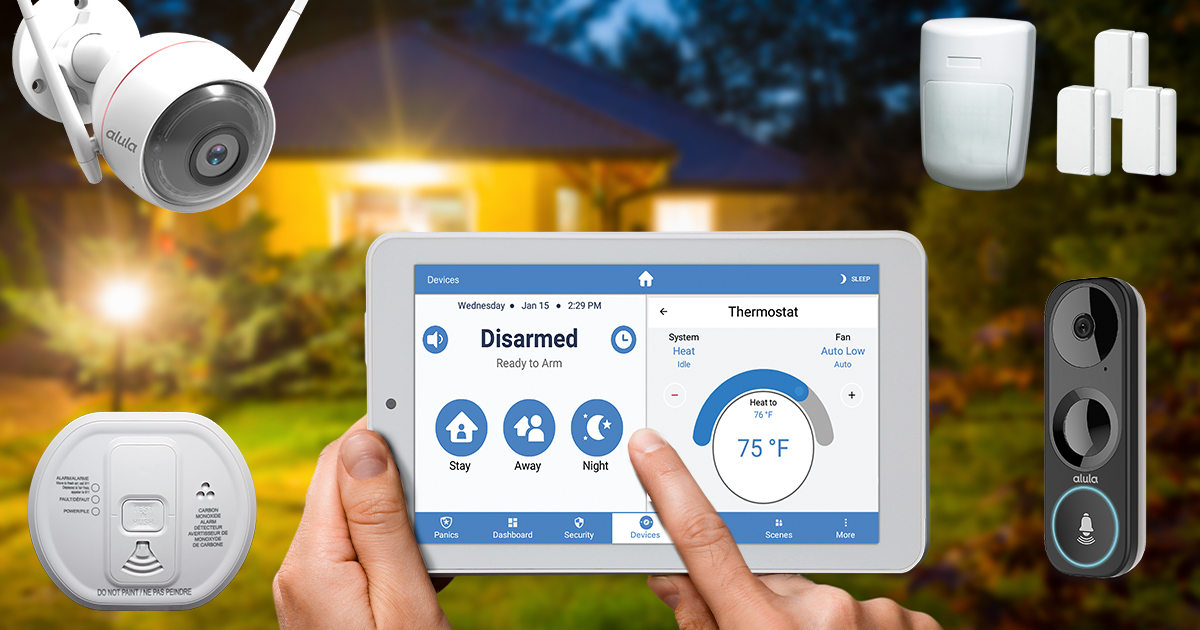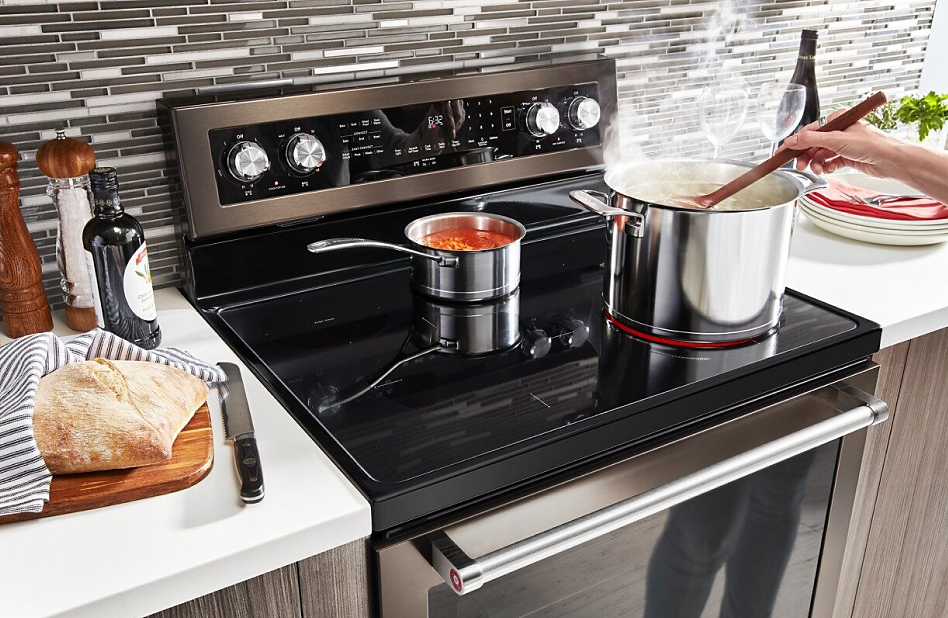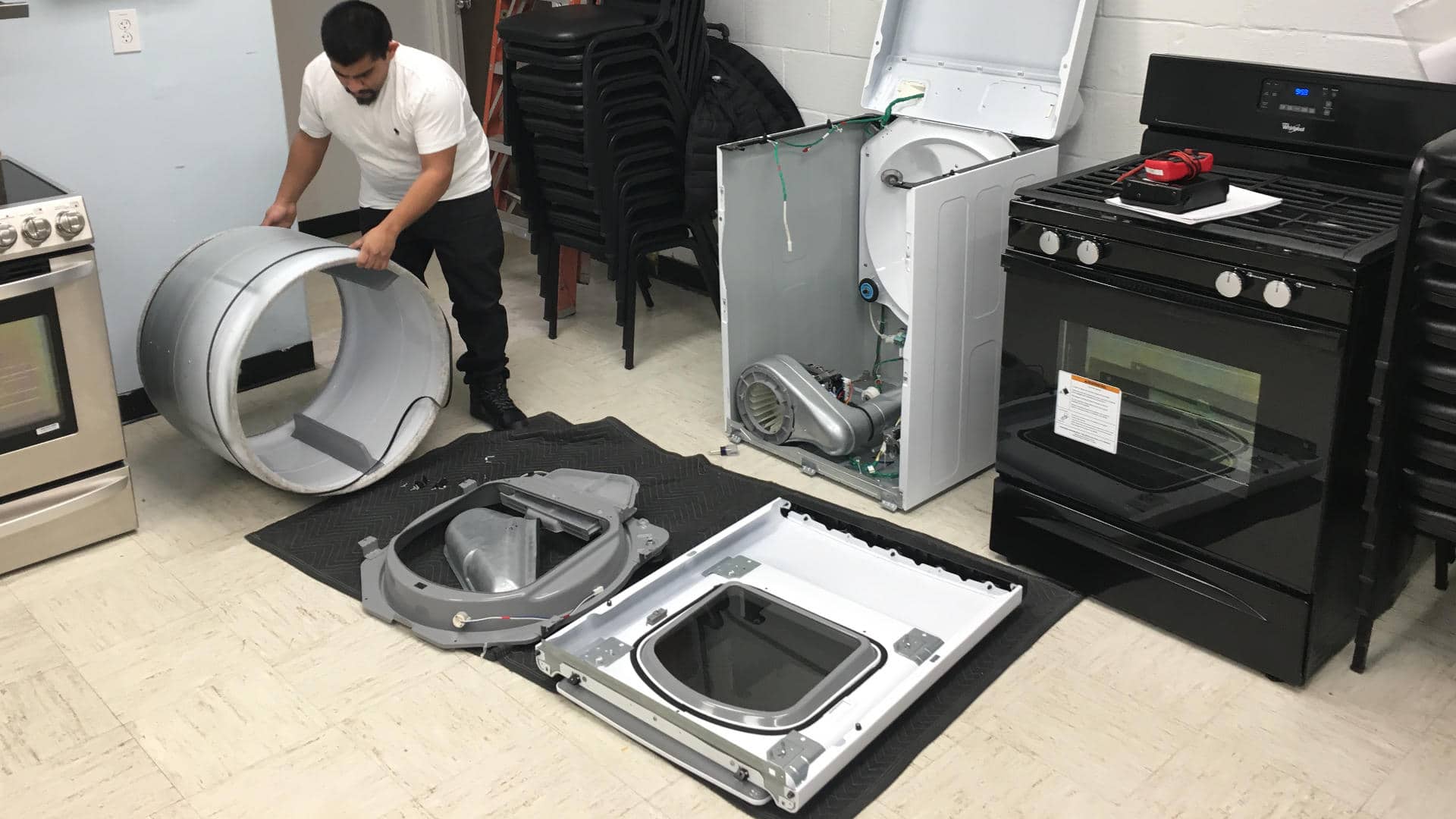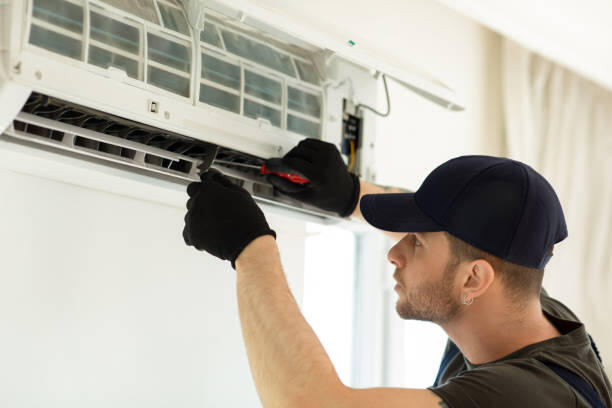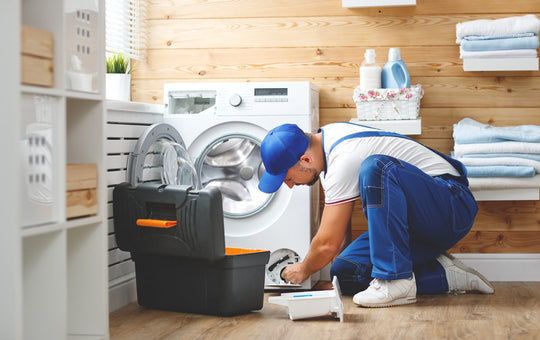Smart Home Security: Protect Your Privacy
As we usher in the era of smart homes, the allure of these technologically advanced devices is undeniable. They promise not just convenience and efficiency but a complete transformation in the way we interact with our homes. From voice-activated assistants that control lighting and temperature to security cameras that can be monitored from anywhere in the world, the capabilities of smart home devices are expanding rapidly. Yet, as we integrate these devices more deeply into our daily lives, concerns about security and privacy begin to surface. The very connectivity that enables these devices to make our lives easier also opens up potential vulnerabilities to hacking, unauthorized access, and data breaches.
This guide is designed to address these valid concerns by providing homeowners with practical and effective tips for safely using smart home devices. It's not just about leveraging the convenience and efficiency these devices offer; it's about doing so while ensuring that your personal information is safeguarded against threats. By focusing on securing network connections, updating device firmware regularly, and managing privacy settings diligently, this guide aims to empower users with the knowledge and tools needed to protect their smart homes. Ensuring the security and privacy of smart home devices is not just a recommendation—it's a necessity for maintaining the integrity of our personal spaces in the digital age.
Safe Usage Tips for Smart Devices
To safeguard smart devices, prioritize strong, unique passwords for your Wi-Fi network and each device. Regularly update device firmware to patch vulnerabilities and consider using a separate network for your smart devices to isolate them from your personal internet usage, enhancing overall security and protecting your privacy.
Understanding the Risks
Smart home devices, while enhancing our lives with convenience and efficiency, also come with their set of security vulnerabilities. The primary concern lies in unauthorized access; hackers can exploit weaknesses in device security to gain control over home systems, from surveillance cameras to smart locks. Such breaches not only compromise privacy but can also lead to data theft, including personal information and sensitive financial details. Additionally, many smart devices collect and store data about users' habits and preferences, making them attractive targets for cyberattacks aiming to harvest data for malicious purposes.
Securing Your Network
A fundamental step in safeguarding smart devices is to secure the home Wi-Fi network, the gateway for most smart home communications. This involves setting strong, complex passwords that are hard for attackers to guess and changing them regularly to further reduce risk. Updating router firmware is equally crucial; manufacturers often release updates that address security vulnerabilities, enhancing your network's defense against potential attacks.
Another effective strategy is to create a separate network exclusively for smart home devices. This segregation ensures that even if a smart device is compromised, the attacker won't have easy access to other devices on your personal network, such as laptops and smartphones. Most modern routers support the creation of guest networks, which can serve this purpose well, providing an added layer of security by isolating smart devices from the rest of your digital life.
Regular Software Updates
Keeping smart device firmware up to date plays a critical role in maintaining security. Manufacturers regularly release software updates that not only introduce new features but, more importantly, patch known security vulnerabilities. Neglecting these updates leaves devices exposed to exploits that cybercriminals are quick to leverage. Automating updates or setting regular schedules to check for and apply them can significantly enhance the security of smart devices. This proactive approach ensures that devices are equipped with the latest protections against threats, safeguarding the integrity and privacy of your smart home ecosystem.
By understanding the inherent risks, securing the network, and keeping device software updated, homeowners can significantly mitigate the security vulnerabilities associated with smart devices, ensuring a safe and secure smart home environment.
Privacy Settings and Security Recommendations
In the realm of smart home technology, safeguarding privacy and security isn't just a best practice—it's imperative. As these devices become integral to our daily lives, taking proactive steps to protect personal information and ensure secure communication is essential. Here's a comprehensive guide to enhancing the privacy and security settings of your smart home devices.
Customizing Privacy Settings
Privacy settings play a crucial role in controlling what data your smart devices collect and share. To customize these settings:
Access Device Settings: Use the companion app or web interface of your smart device to access its settings. Look for sections labeled "Privacy" or "Security."
Review Data Sharing Options: Examine the types of data your device collects and shares. Disable any unnecessary data collection features.
Adjust Notification Settings: If your device sends notifications, tailor these settings to receive only those that are relevant to you, avoiding information overload and potential privacy concerns.
Implementing Strong Passwords and Two-Factor Authentication
Securing your smart devices starts with strong, unique passwords:
Create Complex Passwords: Use a combination of letters, numbers, and special characters. Avoid common words or easily guessable information like birthdays.
Use a Password Manager: To keep track of different passwords for each device, consider using a password manager.
Enable Two-Factor Authentication (2FA): Where available, activate 2FA. This adds an additional layer of security by requiring a second form of verification beyond just the password.
Monitoring and Managing Device Permissions
Smart devices often request permissions to access various data points and functionalities:
Regularly Review Permissions: Periodically check the permissions you've granted to each device and app. Disable any permissions that are not essential for the device's operation.
Understand Permission Requests: Be cautious of devices or apps requesting access to sensitive information that's not necessary for their functionality.
Utilizing Encryption and Secure Connections
Encryption is your data's best defense against interception and unauthorized access:
Ensure End-to-End Encryption: Opt for devices and apps that offer end-to-end encryption for data transmission. This means data is encrypted from the point of origin to the point of destination, making it unreadable to anyone in between.
Secure Wi-Fi Connections: Use WPA3 encryption on your Wi-Fi router, the latest standard in Wi-Fi security. Also, consider VPN services for additional layers of encryption, especially when accessing your smart home devices remotely.
By meticulously adjusting privacy settings, employing robust passwords and authentication measures, vigilantly managing device permissions, and insisting on encrypted communications, homeowners can significantly enhance the security and privacy of their smart home ecosystems. These steps not only protect personal information but also fortify the home against potential cyber threats, ensuring a secure, private, and comfortable smart home experience.
When to Seek Professional Security Assessment
Navigating the security landscape of a smart home ecosystem can be daunting, given its complexity and the sophistication of potential threats. In certain situations, enlisting professional help for a security assessment becomes not just beneficial but essential. Professionals can provide a comprehensive evaluation of your smart home's security architecture, identifying vulnerabilities that may not be apparent to the average user. This is particularly crucial if you've experienced a security breach, are integrating numerous interconnected devices, or are setting up a complex system for the first time. A professional assessment ensures that all components of your smart home are secure, offering tailored recommendations to fortify against potential cyber threats and safeguard your digital privacy. Engaging experts to scrutinize your smart home's security can provide peace of mind, knowing that your ecosystem is as resilient as possible against attacks.
Conclusion
In the digital age, embracing smart home technology brings both convenience and the need for vigilance in security and privacy practices. Implementing the outlined safety tips and security recommendations empowers homeowners to leverage the full potential of their smart devices responsibly. Regularly updating security measures and maintaining awareness of privacy settings are crucial steps in safeguarding personal and digital privacy, ensuring that the smart home remains a sanctuary of comfort and safety, not vulnerability.
Empower your smart home with enhanced security and privacy by putting these critical tips into action. Safeguard your devices and protect your personal information to enjoy the conveniences of modern technology without compromise. Stay proactive, informed, and secure, ensuring your smart home is a fortress in our connected world.
